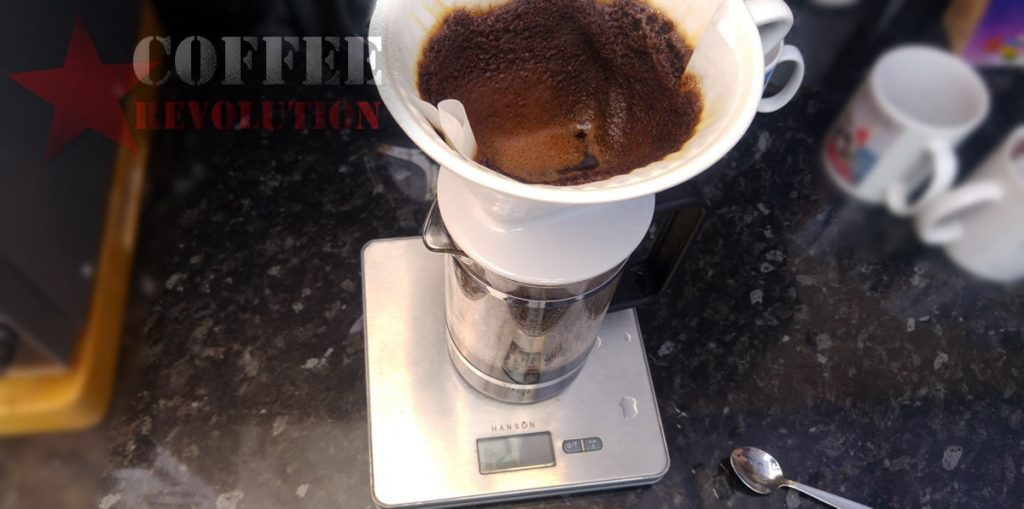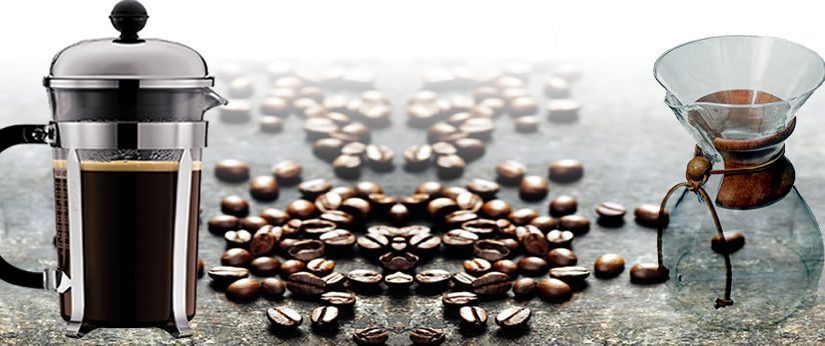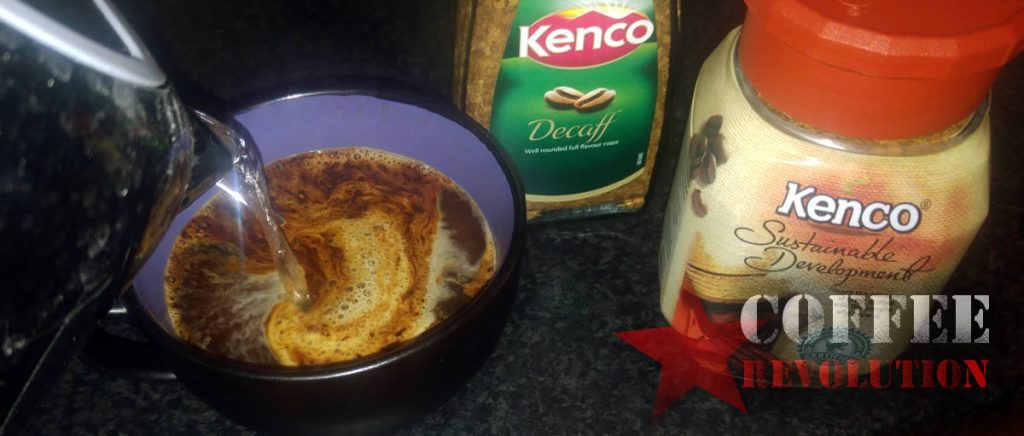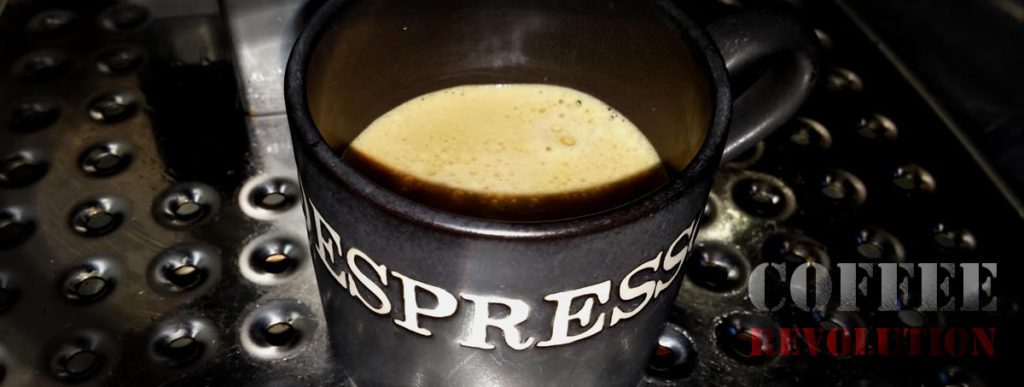In the coffee world, a set of revolutionary technological advancements, when coupled together, declare a new “wave,” or point at which coffee became drastically more accessible than it was beforehand, or a shift in popular demand was significant enough to warrant specialty types of coffee.
Currently, there are three waves of coffee advancements that are recognized by the bulk of coffee lovers, with some even subtly declaring a fourth wave.
A basic outline of the three waves would show that the first wave marked a massive increase in coffee consumption, the second indicating the desire for specialty coffee, and the third really driving home specialty coffee, with buyers purchasing from specific origins and small lot roasters.
Though, what steps were necessary for coffee to become the widely cherished commodity that it is today?
The first wave
The first wave of coffee started around the 1800’s, and is one of the most prominent waves of the three, as the invention of vacuum packaging enabled coffee to easily be sent worldwide while maintaining its freshness.
In 1900, the founders of Hills Bros. Coffee, Austin and R.W Hills, invented a method that drew air out of coffee tins and packages, keeping the roasted beans and ground fresh for much longer than a normal airtight container would.
This invention revolutionized the way the world purchased and drank coffee, as well as other goods that could spoil easily when exposed to air. Instead of buyers needing to travel to roasteries to get coffee, which could be few and far between, they could go to a local supermarket and pickup a tin of vacuum sealed coffee that was guaranteed to be fresh. Vacuum packaging is still used today in the coffee industry, as well as several others.
Another invention that had a massive impact on the coffee industry, was the production of instant coffee in the early 1900’s. During this time period, especially in the United States, people started to live more fast paced lives, thanks to the growing market of items sold to make basic activities easier and quicker to do, such as shaving, drying hair, and in this case, brewing coffee.
Not only did instant coffee boost coffee sales and provide an easy brewing method for those with limited time in the day, it also served as a fantastic way for troops during WWII to get an easy energy boost, and assisted in lifting morale slightly. Instant coffee is still packaged in several different nation’s rations, for such reasons.
One more significant, and most recent invention in the first wave of coffee, is the creation of the electric drip coffee maker, first made in 1972 by the Mr. Coffee company. While big name coffee brands, such as Folgers and Maxwell House were thriving at this time, there weren’t really any ways that the public could quickly and easily brew coffee.
Well, there was the percolator, but it had a controversial reputation for over extracting coffee, and being difficult to clean. The automatic drip coffee maker brought an easy brewing method into homes and businesses everywhere, boosting coffee sales even more, and making brewing more accessible than ever.
Second wave
The second wave of coffee is sort of overlooked when compared to the first and third wave, as a lot of the events can oftentimes be tied in with the third wave, such as the opening of Starbucks. Taking place in the mid to late 19th century, the second wave of coffee provided the perfect stepping stone from low quality mass consumption, to more refined and carefully roasted and brewed specialty coffee.
While the first wave focused on getting coffee to the consumer, making it easier for anyone to get it, for some more picky consumers, the quality just wasn’t there.
Products like instant coffee, less-than-favorable-quality ground coffee, and the percolator left consumers wanting more. The second wave was a sort of reaction to the ever-booming industry of cheap and easy coffee, opening consumers’ eyes to the mostly untapped world of specialty coffee.
One thing that changed in the second wave is how people actually got coffee. One way I’ve seen it represented, is by comparing a diner and a coffee shop. In the diner, the waiter/waitress will usually be walking around with a glass pot of coffee, and offer to top your mug off while you sit down with your meal.
At the coffee shop, you’re the one who walks up to the counter and orders whatever drink you’re in the mood for. Here, quality coffee is the main attraction, not just a side dish.
The second wave started off as a bunch of more nuanced changes that launched it into the third wave. When entering a cafe and ordering regular brewed coffee, one would be asked, “would you like the medium or dark roast?” as opposed to just being handed a cup of whatever they were brewing at the moment.
This question would put curiosity in the unknowing customer, subtly letting them know that more than just one kind of coffee even exists, and that it can go by more than just “coffee,” specifically stating which roast is preferred.
Coffee related vocabulary was another thing that changed during this time period. As espresso machines started to become more common in the United States, as well as other areas they didn’t originate in, drinks made with the machine became more popular. Slowly, terms like “latte,” “espresso,” and “cappuccino,” started to be known as different drinks that contain coffee, as opposed to foreign sounding insults or gibberish.
Lastly, and leading into the third wave, is Starbucks. Starbucks was first a medium sized roastery that sold beans to neighboring business and people, but it didn’t sell brewed coffee until the then director of marketing, Howard Schultz, purchased the roastery for $3.8 million and started selling coffee beverages.
Before Howard Schultz acquired Starbucks, the small business was similar to several others, and offered customers wonderfully roasted beans. While the term “third wave roastery,” is used nowadays, during this time period, these second wave roasteries were the best that the world had really, and helped launch the world into the third wave.
Third wave
We are currently in what is known as the third wave of coffee, the time era in which coffee is not only easier to purchase than ever, but is also brewed in more ways than ever before. Items like the AeroPress, modern cold brew, and the extreme popularity of pour-over style brewers, are all products of the third coffee wave.
 At this point in time, cafes, chain and local, populate just about every street corner. In Seattle, Washington, as of 2015, there are over 104 Starbucks’ alone, not to mention the plethora of independent shops.
At this point in time, cafes, chain and local, populate just about every street corner. In Seattle, Washington, as of 2015, there are over 104 Starbucks’ alone, not to mention the plethora of independent shops.
I like to start the third wave of coffee, chronologically, when Howard Schultz purchased the original Starbucks roastery in 1987. Schultz had been the director of marketing at the original Starbucks, and it was when he took a trip to Milan that he then realized how much different coffee culture was between the two.
Milan had espresso bars galore, and after returning home to push Starbucks to sell brewed coffee with no avail, he quit and opened up his own cafe chain.
1987 rolled around, as did the investors in Schultz’s pockets. He purchased Starbucks for $3.8 million, and eventually, turned it into a multi billion dollar corporation.
While Starbucks was not the first cafe in the United States with an espresso machine, the amount of money the company had at its disposal really helped the name get out there. Marketing, and multiple locations, put the latte and cappuccino into the hands of Americans across the country.
Local cafes and roasteries, which are still being opened every day, followed suit and began selling espresso beverages, as well as brewed coffee, with the best possible beans they could get their hands on.
More than anything, the third wave of coffee marks the point at which consumers began to buy and drink coffee based on its origin, how it’s roasted, whether it is fair trade or not, as well as if it is organic. People grew curious of coffee’s character and appeal, not just its caffeine content.
The end of the second wave is when we started seeing $15 one pound bags of coffee beans for sale, and people kindly shying away and sticking to their $10 three pound resealable tins of pre-ground coffee. In the third wave, this $15 bag is purchased, understood, and loved, and the $10 tin sits on the shelf collecting dust.
This specialty coffee is the backbone of the third coffee wave, with roasteries providing consumers with some of the best possible coffee they can get their hands on. Instead of roasting hundreds of pounds of coffee at once, third wave roasters will carefully roast their beans in small batches to ensure quality, and will usually roast beans on the lighter side, unless it’s an espresso blend.
Lighter roasts also gained a ton of traction, as they were quite unheard of in prior times. This is because massive coffee companies would roast all their beans dark to help hide the less-than-savory quality, which would really be brought out in a lighter roast.
Light roasts accentuate the origin, nuances, and processing methods of the beans, whereas roasting coffee darker promotes a more full body, perfect for espresso and getting a whole different flavor profile out of the same bean.


